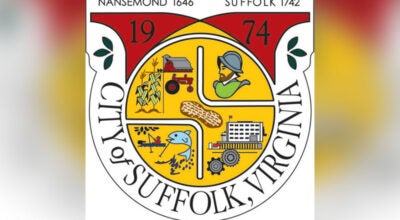Church’s museum promotes black history
Published 10:07 pm Friday, February 13, 2009
For 14 years, the members of Little Mt. Zion Baptist Church have taken on a specific project in February.
The members, under the leadership of Rosa Lynch, organize and set up a black history exhibit that runs all along the walls of the church’s fellowship hall.
Lynch got the idea after seeing a black history program at another church.
“I saw that they had a set up like this, and when I came back I said, you know, we can do this,” Lynch said. In 1995, the church began collecting news clippings, civil rights memorabilia and books to share. In 1999, the church began opening up its display to the students at Mt. Zion Elementary School.
Each year students come to the church to meet with Lynch and fellow Mt. Zion church members to get a guided tour of the exhibit, and they have the opportunity to see things such as slave chains and cotton plants in person.
“They look forward to it,” Lynch said. “The teachers say they begin to question, ‘Are we going to have Black History Day again?’”
While the exhibit takes place at the same time and in the same place every year, it is by no means the same exhibit, Lynch said.
Every year the exhibit grows to include new artifacts members have brought in.
“It’s kind of like a group effort,” Lynch said. “Everyone comes together and pools their resources. Every year we try to get something to add. We basically had just a few items and news articles, but it just grew.”
This year, giant posters of President Barack Obama dominated the main bulletin board, along with news clippings of his election night win and inauguration.
Underneath that bulletin board is a table filled with interesting odds and ends, such as a cell phone, a jar of peanut butter, Ajax bleach and an eggbeater.
Black inventors invented all the items on the table, and Lynch said each year the volunteers continue to find out new and interesting facts about everyday items.
“As we’re doing this, we’re learning too,” she said.
For instance, a black short-order cook created potato chips after a customer repeatedly sent back his order of potatoes asking for them to be cut thinner. The cook, finally exasperated with the customer, went into the black and sliced the potato as thin as possible, fried them and brought them to the man.
The customer was ecstatic.
These are the stories Lynch said she wants the students to learn to see the lasting impact black Americans have had in the country.
The Mt. Zion students will be touring the church’s exhibit next Wednesday and Thursday, but the exhibit will remain open through April.





